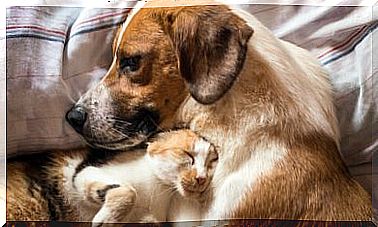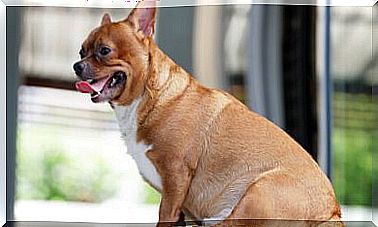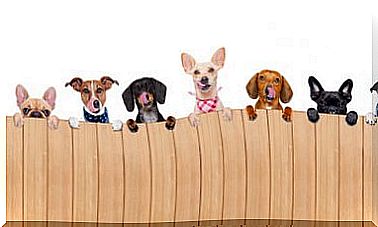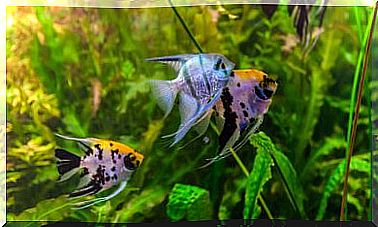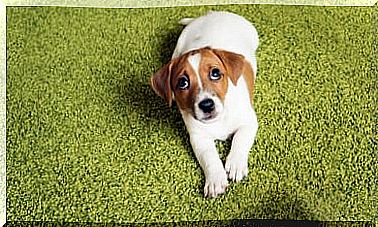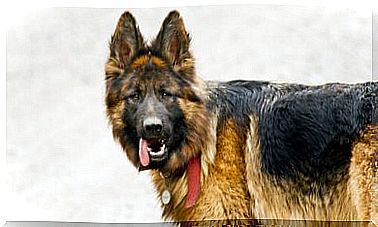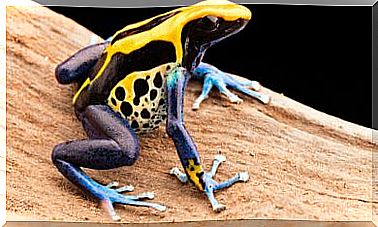Friesian Horse
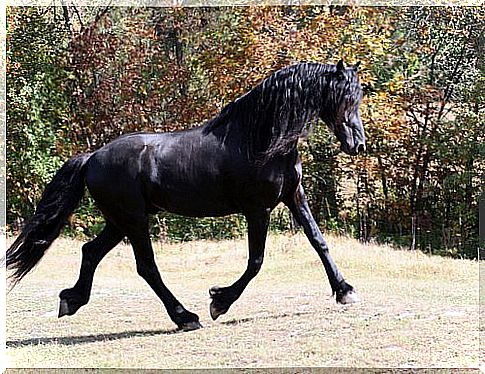
The Friesian horse is an equine species native to the Netherlands. Its name refers to the region where it comes from: Friesland or Friesland. Known as the war horse of the Germans, it is highly valued in countries such as the Netherlands and Belgium.
The Friesian horse stands out for its docile temperament. Hence it is used in riding schools for learning. Today, this species can be seen in horse shows and dressage competitions.
Origin of the Friesian horse
The history of the Friesian horse is complex, since its origins go back thousands of years. It was used in multiple activities and its beginnings were as a battle horse around the year 150 AD, although the first graphic record dates from 1568, reflected in a portrait of Don Juan de Austria on the back of an animal of this species.
During the 17th century the Friesian horse was used in equestrian schools together with other Spanish Purebred horses. It is suspected that there was a cross between these breeds then, although it is also believed that it was mixed with Arabian horses during the Flanders War.
After the French Revolution, with the cessation of the feudal lands, the Friesian returned to Holland as a racehorse breed.
Throughout the 19th century it was used as a hitch breed for carriages, especially for wealthy families.
The Friesian again changed course when at the beginning of the 20th century he went to work in the field and, at times, was seen in circuses.
With the purpose of safeguarding the breed, in 1879 the Registration Book of the Friesian Horse Breed was signed, which would become the first equine registry book in the Netherlands.
Characteristics of the Friesian horse
It should be noted that among the most outstanding characteristics of the Friesian horse are the following:
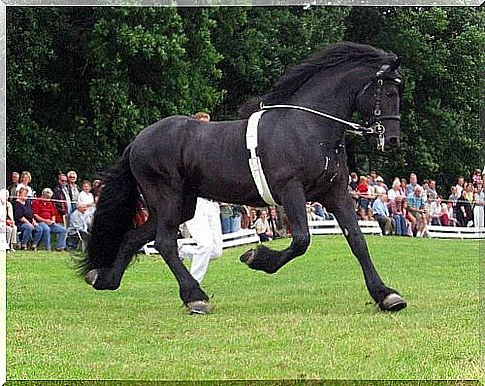
- It measures between 1.65 m and 1.75 m and can weigh up to one ton, usually hovering between 600 and 900 kg.
- He is a kind of muscular type, with a broad, slightly sloping back and a wide neck, but upright.
- It is jet black or very dark brown in color. Stains or other shades are not accepted to be considered Friesian.
- The head of the Friesian horse has a good proportion to the body. It is usually elongated and its eyes are deep gaze, while its pointed ears are slightly inward.
- It has abundant fur, due to the fact that it grows in its cold areas.
- Both its tail, mane and legs have tufts of hair that stick out.
- It is a strong and robust species, as its extremities have a correct proportion and resistance.
- Regarding its dynamic qualities, the Friesian horse is very agile: it learns dance steps with ease, hence it is striking in exhibitions.
- Their gait is elegant and harmonious, with good elevation when marching and, as their hooves are large, it denotes power.
Care
The parts that require the most care in a Friesian are the ears and the coat. In the first case, it is important to keep your ears clean to avoid auditory obstructions, but you should not go too deep in cleaning the hole, so it is enough to use towels around it and accessible parts of the ear.
In order for the Friesian horse to maintain a shiny coat, it must be well fed and combed often. Frequent use of shampoo is not recommended because it affects the natural color of the species and, when brushing, you should try to remove as much hair as possible.
Finally, it is necessary to keep the teeth in good condition and, thus, avoid problems with chewing food, digestive disorders, pain and stinging.
Image source: Larissa Allen and Andizo.
